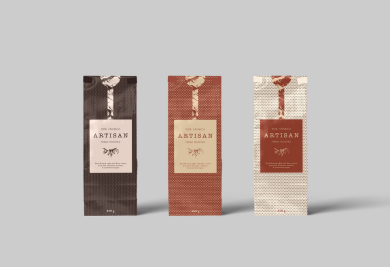Marketing Tips

Busy Season Artwork Tips: How to Get Your Prints Approved Faster
Get your prints approved faster this busy season. Follow these artwork tips or use our design service for smooth, print-ready file submission.

Print Planning for the Busy Season: What to Prepare Before Q4 Hits
Get ahead of Q4 with smart print planning. Discover key corporate printing and event materials to prepare for the busy season.

How to Print High-Impact Banners for Your Mid-Year Events in Malaysia
Discover how to create impactful banners with large format printing Malaysia this H2. Plus design tips, artwork essentials and Gogoprint’s full event print range.

The Ultimate Guide to Affordable Printing Services in Malaysia: What to Print & Where
Looking for cheap printing services in Malaysia? Discover what to print, where to print and why Gogoprint is your one-stop shop for cheap, fast, and reliable printing.

How to Choose the Right Banner Printing Service in Malaysia
Choosing the right banner printing service in Malaysia ensures your large format printing stands out with quality, customization, and fast turnaround.

Double Digit Sales: How to Market Your Business with Custom Print Products
Double digit sales drive results—combine print and digital marketing for maximum impact. Partner with Gogoprint Malaysia for design service and quality prints.

Top 5 Things to Look for in a Printing Shop Near You
Looking for a reliable printing shop near you? Discover 5 key things to consider when choosing a Malaysia printing company—from services and design support to quality and convenience.

Must-Haves Print Materials for Conferences & Trade Shows
Learn the essential marketing materials for trade shows or events and how eye-catching design and high quality prints make your business stand out in Malaysia.

Custom Sticker Printing in Malaysia: How Stickers Get You Noticed
Explore why custom sticker printing in Malaysia still works in this digital age and how they can benefit businesses and enhance brand awareness. Learn how your brand can stand out with stickers and...

Creative Ways to Use Postcards in 2025 Marketing Campaigns
Explore creative postcard marketing ideas in Malaysia for 2025. Boost brand impact by pairing postcard printing with flyers and business cards.

How A Good Design Can Make or Break Your Business
Learn what makes a good design through colour, typography and other key elements for high-quality printing materials to make your business marketing stand out.

How Large Format Prints Elevate Holiday Marketing & Drive Sales
Maximise your holiday marketing with large format prints! From billboards and banners to roll-ups and posters, discover how these high-impact prints can boost visibility, enhance brand recall and d...


















